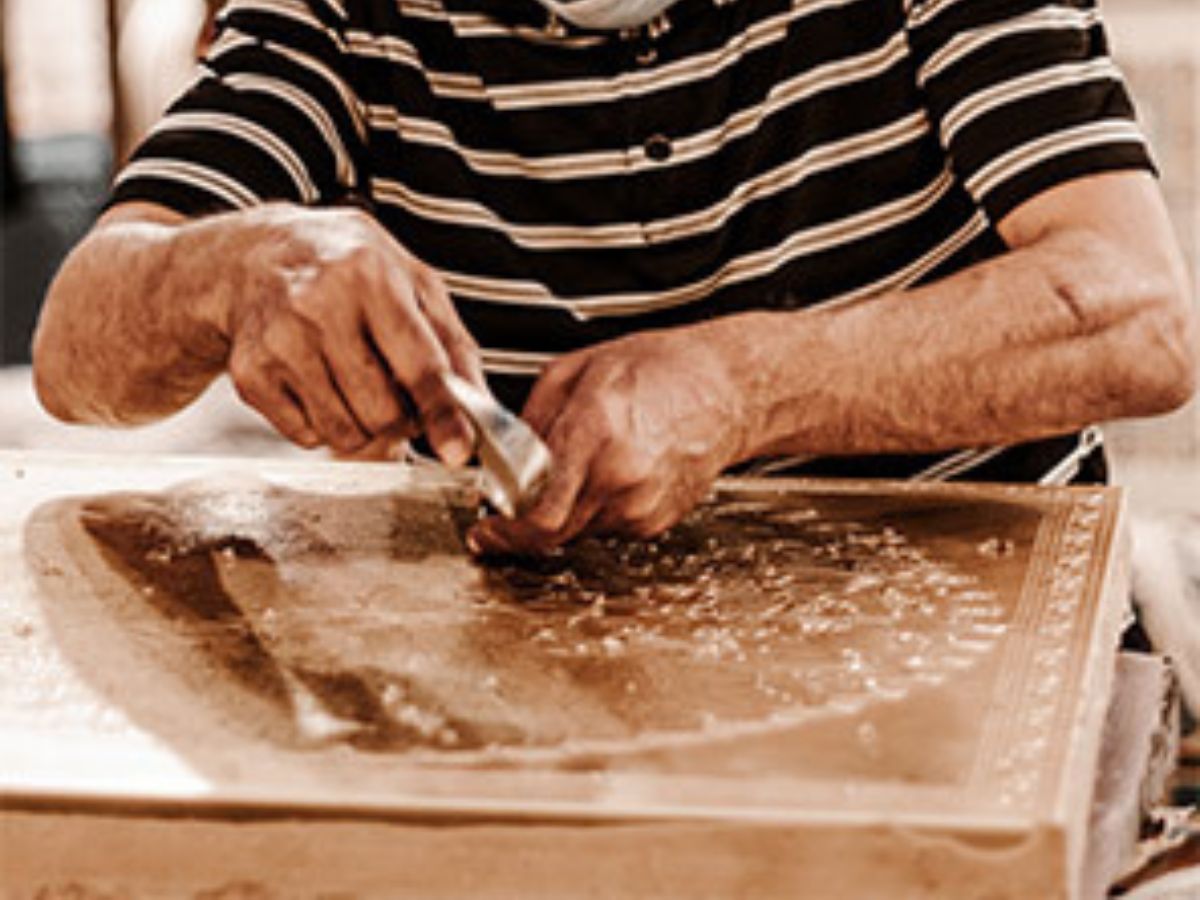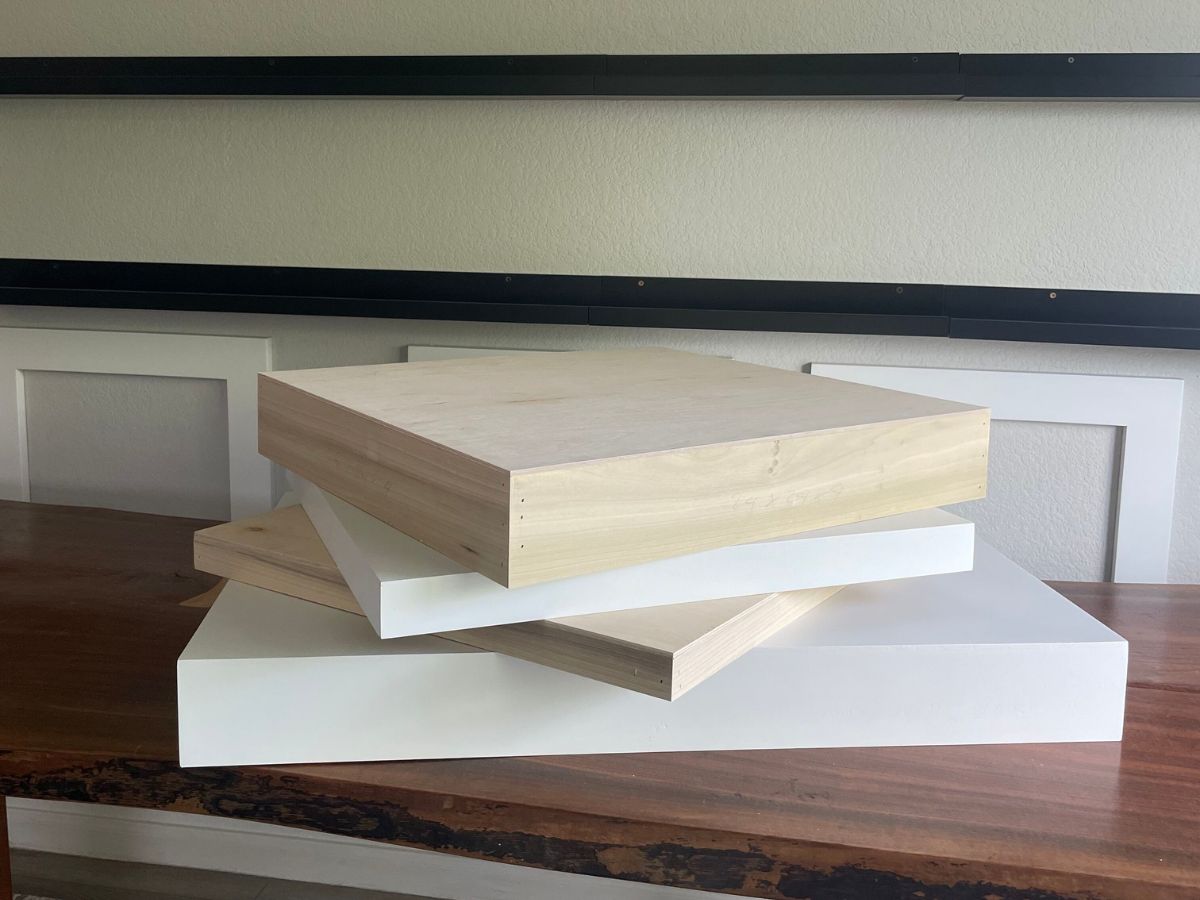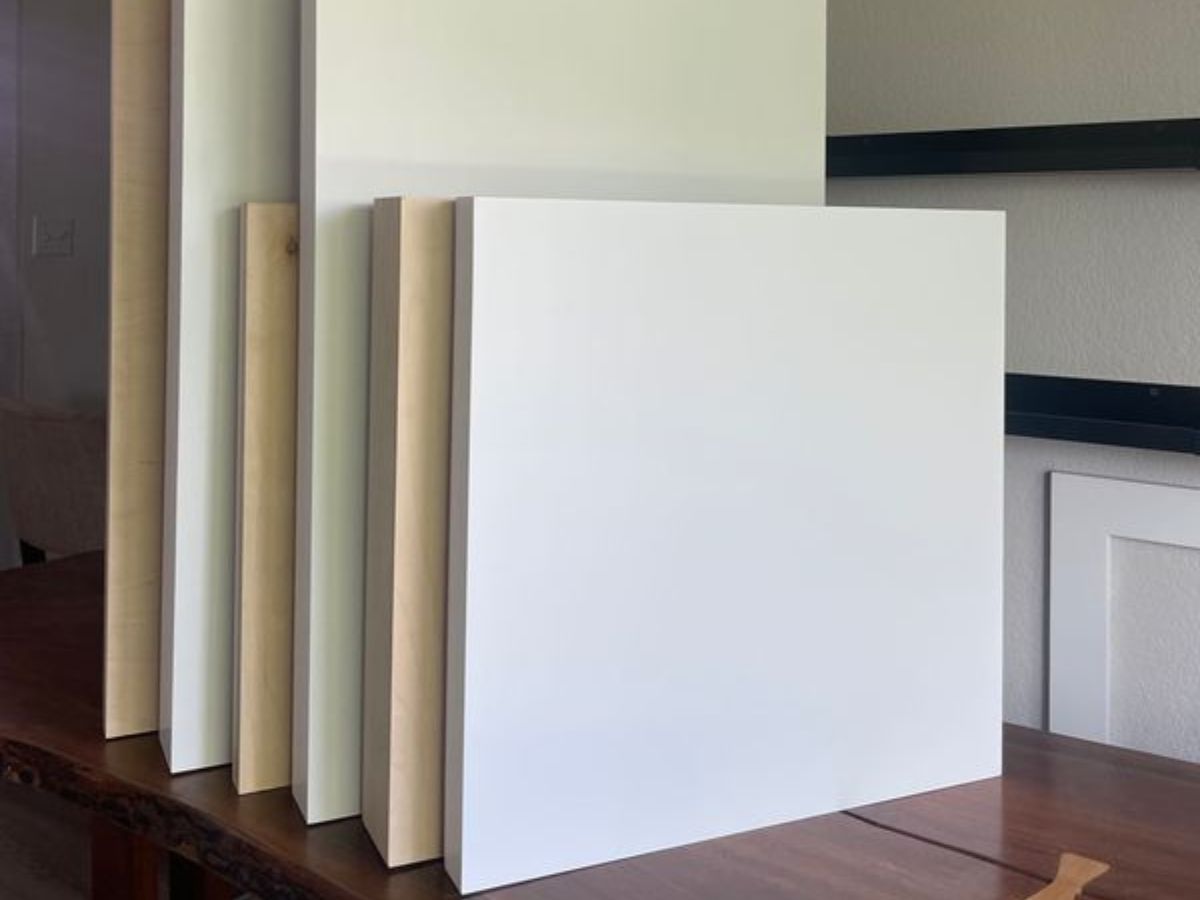
How to Combine Mixed Media with Wood Panels
If you’re a painter whether beginner, hobbyist, lecturer or pro, and you’ve mostly worked on canvas, considering a structured support like a wood panel for mixed media might open up fresh possibilities. Here’s a guide on combining mixed media with wood panels.
Why choose wood panels for mixed media?
First up: wood panels give you rigidity. Unlike canvas, which flexes and sometimes causes cracking when you layer heavy textures or collage bits, a properly prepared panel holds up. Seal the surface first and start with your most permanent medium first when layering.
Secondly: texture and layering possibilities shoot up. With wood you can scrape, embed collage, add heavy paste, build relief with less risk of the support sagging. Mixed media art tutorials emphasize layering collage, stencils, paints and found materials as part of the workflow.
Third: the look and feel. The grain, panel edges, cradled or flat panels all add character. Some artists intentionally leave parts of the panel exposed, or use the wood surface as an accent beneath translucent layers.
How to prepare your wood panel
- Seal it properly: Because wood can absorb solvents, moisture, and expand/contract, you want to apply sizing (or a thin coat of clear acrylic medium) then a layer of gesso or acrylic primer. Traditional sources highlight gesso as foundational for rigid surfaces.
- Choose the right panel: Birchply or MDF with proper cradling/back-support is typical. Ensure it’s flat and stable to avoid warping.
- Plan your media compatibility: If you’ll be mixing acrylics, oils, collage papers, pastes, check that each layer is compatible and that heavy textures won’t peel off. The “fat over lean” rule for oils applies especially when working on panels.
- Build a layered workflow: Start with broad underlayers (paint wash / color block), then collage or texture layer, then drawing/mark-making, then final paint/glaze/topcoat. Mixed-media tutorials stress building rather than rushing.
Techniques and tips for success
- Collage and texture: On wood you can glue paper, fabric, found objects more securely. Let glue layers dry fully before painting.
- Texture pastes and relief: Use molding paste or crackle paste onto panel. The rigid base supports the relief better than canvas.
- Transparent layers / glazes: Because wood reflects differently than canvas, transparent media will behave subtly differently. Test how your glazes read. Color temperature and drying behave slightly differently on sealed wood.
- Edge and framing: Panels often benefit from visible edges or “floater” frames to show off their solidity. Consider leaving or emphasizing the panel edge as part of your work.
- Varnish and protection: Because mixed media tends to include many materials (paper, fabric, acrylics), finishing with a protective varnish or encapsulation layer helps durability. These are often recommended in mixed media workflows.
If you’ve been working mostly on canvas and want to elevate your mixed-media practice, switching to wood panels offers structural strength, texture possibilities and a sense of permanence. It asks you to think a little more about substrate and layering but the payoff is pieces that hold up and look richly composed. Give a custom wood panel a go on your next project and you might find it opens up your technique and expands your visual language.

